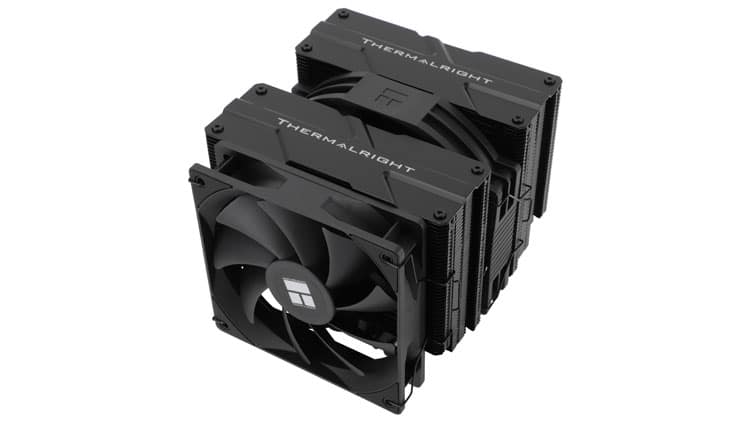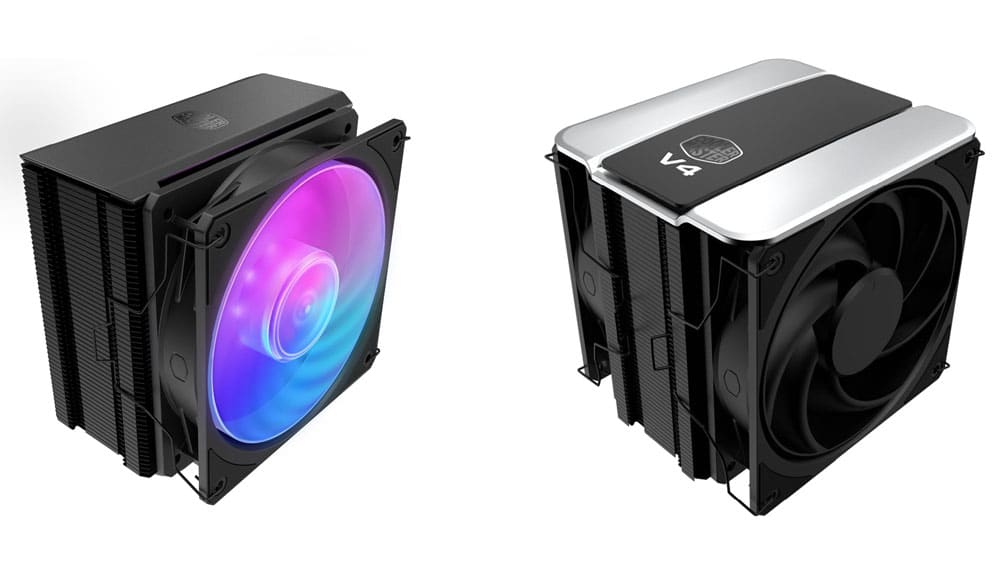Frequency Plots
20% Fan Speed
- Peak frequency (excluding 50 and 63 Hz noise): 100 Hz
30% Fan Speed
- Peak frequency: 160 Hz
40% Fan Speed
- Peak frequency: 160 Hz
50% Fan Speed
- Peak frequency: 500 Hz
60% Fan Speed
- Peak frequency: 630 Hz
70% Fan Speed
- Peak frequency: 500 Hz
80% Fan Speed
- Peak frequency: 400 Hz
90% Fan Speed
- Peak frequency: 500 Hz
100% Fan Speed
- Peak frequency: 315 Hz
Signal Recordings
I have recorded the signals shown above, but please keep in mind that I’ve enabled Automatic Gain Control (AGC) to do so to make it easier for you to reproduce them. The provided recordings are only offered for aural identification purposes.
20% Fan Speed
30% Fan Speed
40% Fan Speed
50% Fan Speed
60% Fan Speed
70% Fan Speed
80% Fan Speed
90% Fan Speed
100% Fan Speed
Pages:












I think the low cost is because of the location of the company and of their manufacturing site. They can afford to undercut the competition (as any company based in most parts of E/SE Asia should be able to do), especially with China keeping the value of their currency artificially low to keep companies there.
It’s great to have your review since so many people blindly point to the PA120 nowadays for Intel, instead of remembering that it’s not the top Intel air cooler.
Honestly, after so many decades of heatsinks, I think the science is already out there as to optimal fin density, materials, etc. Asking for a ton of money, like Noctua always does after ripping off TR designs all those years ago, is a combination of the high cost of having a German-based company, and greed. It’s like when Linus justified the cost of his screwdriver with 2 years of research when there are better products out there are a fraction of the cost.
I think the only thing that is missing is results from overclocking and/or very hot CPUs. I suspect that the PA120 will not handle the hottest CPUs as well as they did in this test.
noctua comes from austria, idiot
Literally every heatsink/fan is made in China lmao, Noctuas are made in China too.
Kolink in Taiwan. Not China.